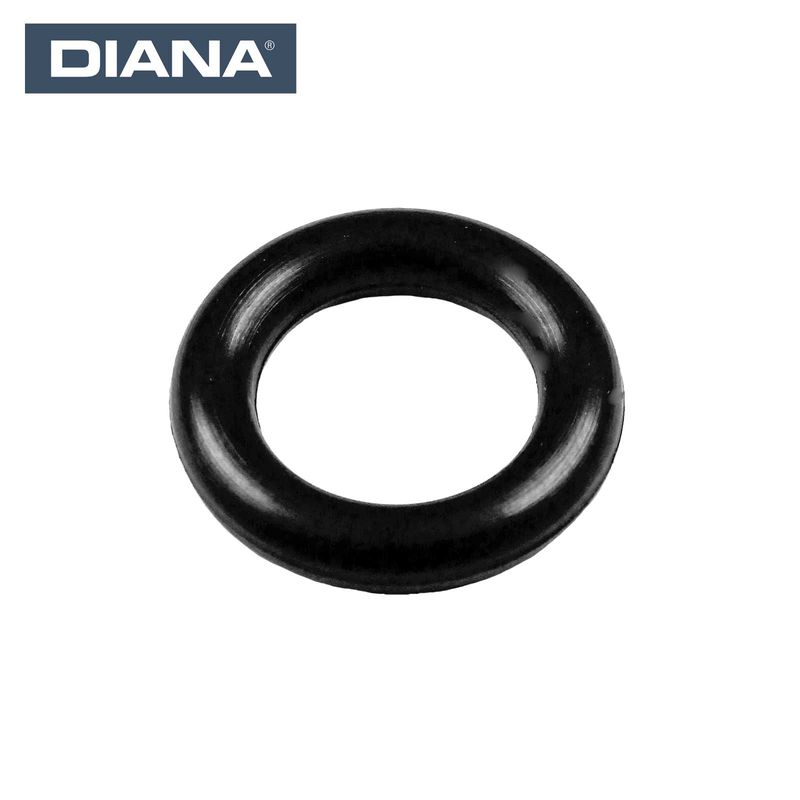... does anyone out there in airgun land know for sure where i can get a psiton seal for these cool anschutz 335 sporters ?? it was sold here in the u.s. under crosman model 6500 in the late 1980's..... i was gonna email jim macarri , but he's closed for the week....and i dunno if he has something for it or not anyway....... fixing one for a fella here locally , so any help yall can give would be great ! - thanx. - paul. (i'd always wanted one of these - kinda thought it'd be like an fwb 124 with less power.) ... -- MODEL 335 ----- -------- .177 or .22 cal., BBC, SP, 700 FPS, 18.5 in. barrel, adj. trigger, 7.5 lbs. Disc. 2003.

 --- also known as ---- .
--- also known as ---- .
CROSMAN MODEL 6500 (ANSCHÜTZ MODEL 335) ----- - .177 cal., BBC, SP, 700 FPS, 18.5 in. barrel, 7.7 lbs. Mfg. 1986-1988.

The three German air rifles (M-6100, M-6300, and M-6500) represented Crosman´s 1980s "Challenger Line" excursion into adult precision air rifles. Fletcher´s 1998 book notes that this line "caught between RWS on the low end and Beeman on the high end, never really had a chance."


CROSMAN MODEL 6500 (ANSCHÜTZ MODEL 335) ----- - .177 cal., BBC, SP, 700 FPS, 18.5 in. barrel, 7.7 lbs. Mfg. 1986-1988.

The three German air rifles (M-6100, M-6300, and M-6500) represented Crosman´s 1980s "Challenger Line" excursion into adult precision air rifles. Fletcher´s 1998 book notes that this line "caught between RWS on the low end and Beeman on the high end, never really had a chance."



